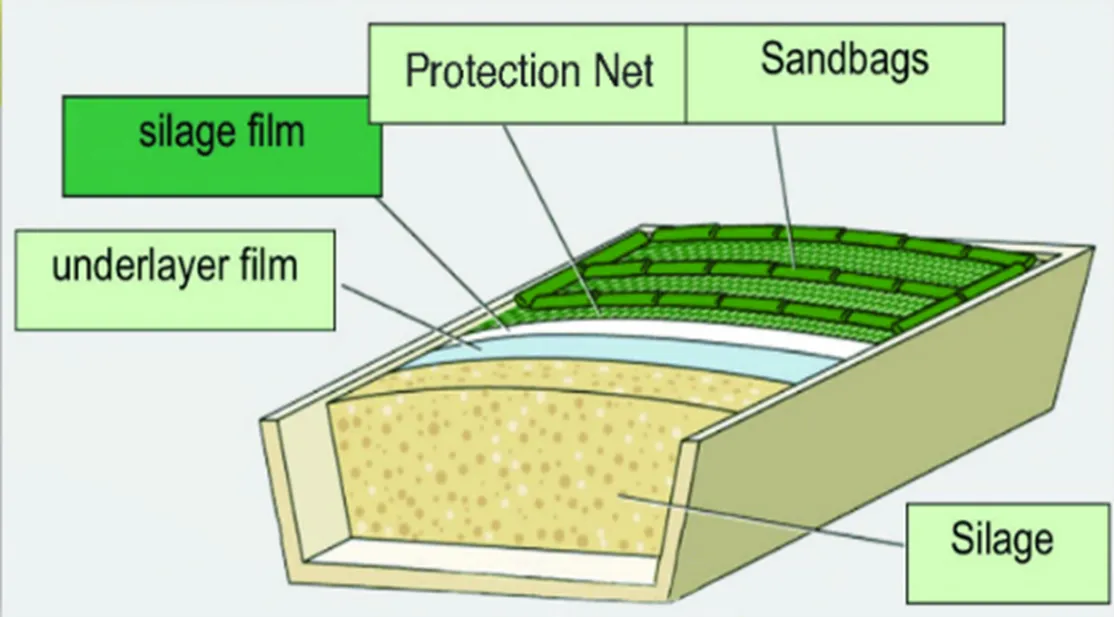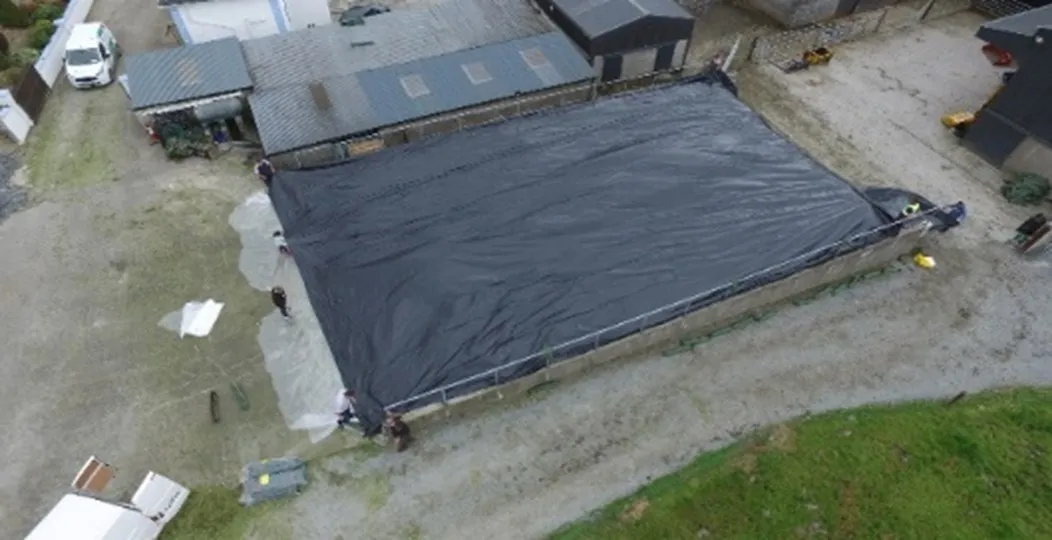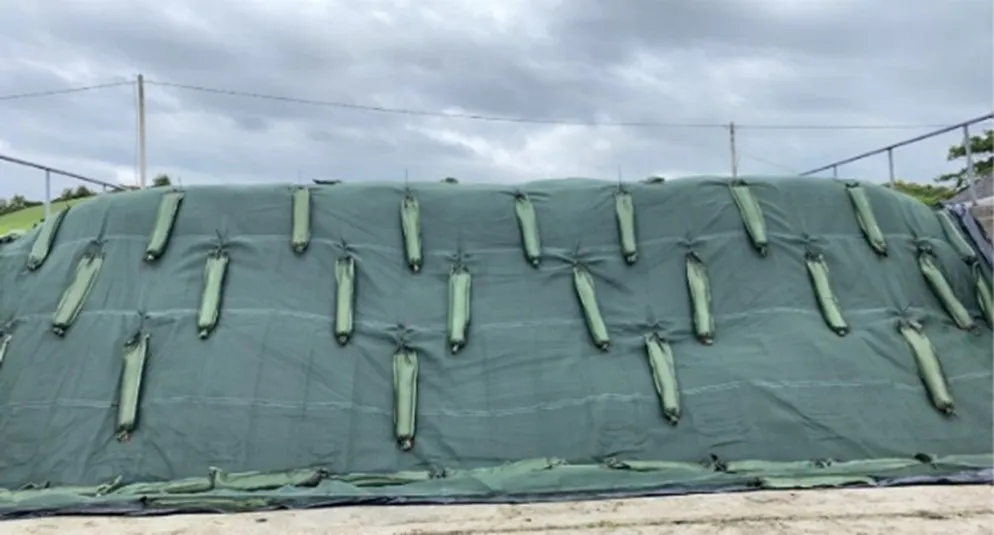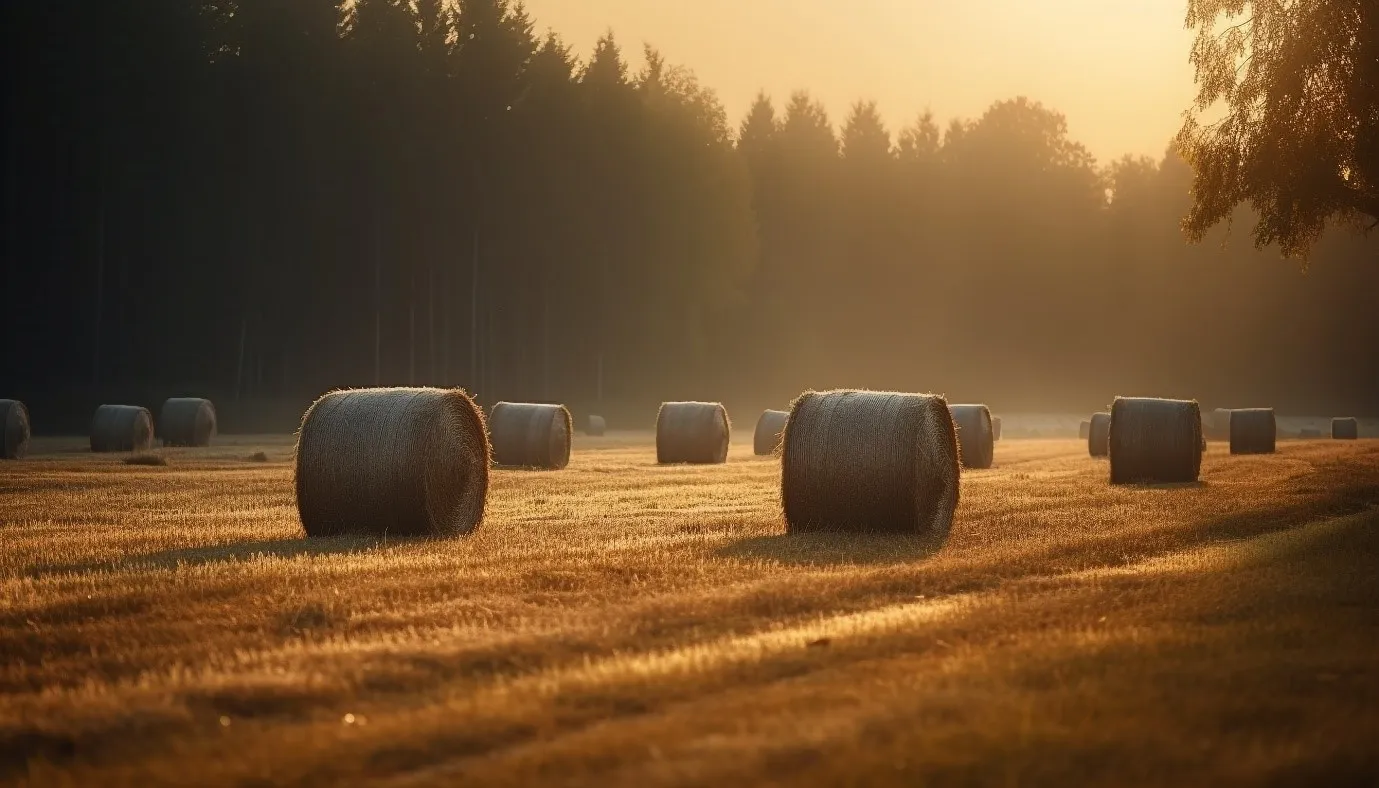Preparation for a Successful Silage Season
As Silage season is just around the corner its important to ensure you have ticked all the boxes to allow for good quality forage for the winter. It’s important not to focus solely on quantity over quality as quantities can be increased through soil sampling, fertilisation and additional cuts.
A good silage season is crucial for farmers as it will help to reduce the cost of supplementation during the winter months and will have a major influence on animal’s performance. The testing of your soil, adequate fertilisation and cutting at the correct time are all crucial elements for good quality silage. McCabe Feeds are here to help you along your journey as they offer soil sampling, silage testing and we have a wide range of fertiliser in stock. If you have any queries, please don’t hesitate to contact one of our knowledgeable team members for more information.
What is DMD?
DMD is the term used for Dry Matter Digestibility and it is a measure of the feeding value of a forage crop. In layman’s terms it is the calculation of the percentage of dry mater that an animal can digest to support their feed requirements. DMD is very important for your livestock as it promotes milk production, carcass growth and promotes a healthy animal.
How to increase DMD in your silage?
First and foremost, the quality of the grass sward is very important for DMD. The higher the level of leafy ryegrass in the sward the better the quality. Good leafy grass works best as the more stem found in the sward can result in lower DMD. Therefore, it is very important to reseed your silage ground as older swards can tend to head out much earlier than new leafy grass. McCabe Feeds stock a range of grass and clover seed and will be able to assist with any queries you may have!
It is always advisable to graze (top) of the dead material of grass that has been growing over the winter as the dead material will result in lower DMD. In addition to dead material, weeds such as docks, thistles, nettles that grow in silage fields also need to be removed. It is advisable to spray the weeds when they are healthy and green well in advance of cutting silage. Not only will the weeds have a negative impact on silage DMD, but they reduce grass yield and silage quality. There is a wide range of sprays available at McCabe Feeds to control all types of weeds. Weed Killers | McCabefeeds.com If you have any queries in what sprays, you should be using don’t hesitate to contact us and one of our team members will be happy to share their expertise with you.
Fertiliser
By taking soil samples this gives you a clear indication of soil pH and nutrient levels in the silage ground. Each cut of silage can remove nutrients from the ground therefore it is advisable to take samples on a regular basis to ensure good soil quality. Soil sample results determines what fertiliser is required for your particular field/soil. By carrying out these two very important steps this will give you the best chance of cutting high yields of quality silage.
Cutting your Silage
Unfortunately, in Ireland we are not blessed with sunshine and more often than not we get more rainfall than we would like. Around silage season farmers are consistently watching the weather forecast the get the best available window to cut their silage. A key pointer when it comes to good quality silage is to not wait for crops to bulk up. Grass should be cut before the seed heads appear as when the grass goes to seed, it doesn’t grow much more but produces more stem, which in return decreases DMD. By testing your silage this will give you a good indication of silage quality. McCabe Feeds offer a silage testing service instore which gives you the results in just a few minutes. Sugars in the silage should be above 3% as this is the food for fermentation bacteria and the production of lactic acid for preservation. A top tip to improve sugars in the grass would be to cut either later in the day or evening to allow the sun to dry off the morning dew. Following the cutting of the grass, allow it to wilt. This is essential and should be done for approx. 24-48 hours to allow for roughly 25% dry matter. Try avoiding wilting for more than 48 hours as this will have a negative impact on silage quality. Tedding can reduce the wilting time if rain is forecasted.
Pit Silage
Try to avoid over wilting silage that is going into a silage pit as if it is too dry it increases the risk of aerobic spoilage. Once all the adequate steps are taken to ensure the best quality of silage goes into the pit it is then very important to protect your crop. Sealing of the pit is one of the utmost important steps when it comes to protecting your crop and the team at McCabe Feeds has everything you will need in order to do so.

Firstly, the side walls of your pit should be lined with a sheet to prevent any oxygen getting through the walls. Once the pit walls have been lined it is important to clamp the silage well into the pit and then Clingseal should be your first layer that is applied which sits directly on top of your silage and beneath your silage sheet. Clingseal creates an effective air seal and is designed to “cling” closely to the contours of the clamps surface. It is a thin clear sheet which allows it to tuck better at the sides which prevents pockets of trapped air forming and in return significantly reduces aerobic spoilage on the top and shoulders of your pit. Clingseal will allow for a faster more efficient fermentation process which in return will allow for enhanced silage quality and reduce wastage. Clingseal can be purchased form McCabe Feeds and is available in four different sizes- 8x50m, 11x50m, 16x50m and 18x50m. Silage Making Equipment | Farming | McCabe Feeds

Secondly, traditional silage sheeting should be placed directly on top of the Clingseal. It is important to choose a good quality sheet as surprisingly or not, a poor sheet can cause up to 10% loss of quality to your silage. Rhino silage covers/sheeting are one of the best quality sheets on the market due to their high flexibility, high resistance, UV inhibitors and oxygen impermeabilities. They are made with the finest raw materials including Virgin C8 and are strong, tear and puncture resistant.

Once all the clingseal and sheeting is in place next step is to use protection nets to maximise protection of your pit. Rhino Protection nets in conjunction with Rhino Silo bags are the most effective products to protect your pit from cats, dogs, birds, and vermin. Rhino silage protection net - McCabe Feeds and Rhino gravel bags silage (per bag) - McCabe Feeds Protection nets are tear proof and have a long life span if handled correctly. Rhino silo bags keep the protection nets in place, and they replace the need for any tyres on your pit. Protection nets come in 5 different sizes and are all available at McCabe Feeds. If you have any enquiries regarding any of the products required to protect your silage pit don’t hesitate to contact one of our team members who will only be happy to help you with any questions regarding the products, sizes etc. Silo Bags are sold empty but the team at McCabe Feeds would recommend filling them with Pea gravel instead of sand to prevent rot and water retention.

Bales
Like pit silage, it is important that the silage is not too dry in order to allow for good compaction- 30/35% dry matter is desirable for baled silage. Rhino wrap is an all-round agricultural stretch film which can be universally used with all bale wrappers. It is made with high quality material and has multiple layers which results in a highly durable, strong wrap which is ideal for silage protection. Once your bales have been made it is crucial to store them in an appropriate place with minimum risk of damage. In order to protect them from birds, we at McCabe Feeds would recommend covering your stack of bales with Rhino Bird Net. Is it a cost-effective way to protect your bales as the netting is a strong, versatile net and is easily managed to protect your stack. Silo bags can also be used to keep the net in place to maximise protection.
Whilst there is a lot to consider when making silage, it is important to always practise good health and safety. Be sure to protect yourself and those around you and not to take any shortcuts that may pose a risk to yourself or others.










